Name John Glanton | ||
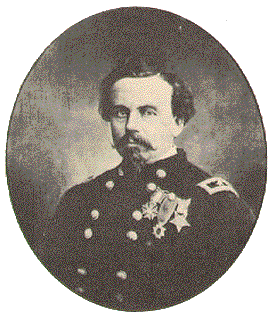 | ||
Died 1851, Arizona, United States | ||
King of the Scalphunters (John Joel Glanton) - God Rock Radio Excerpt
John Joel Glanton (1819 – April 23, 1850) was an early settler of Mexican Texas, a Texian fighting for independence, and later a Texas Ranger. After the Mexican-American War, he became a soldier-of-fortune and mercenary and led the notorious Glanton Gang of scalp hunters in the American Southwest.
Contents
- King of the Scalphunters John Joel Glanton God Rock Radio Excerpt
- Early life and education
- Military career
- Glanton Gang
- Glanton Massacre
- Literature
- Television
- References
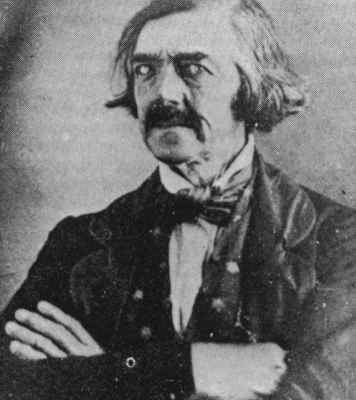
King of the Scalphunters (John Joel Glanton) - God Rock Radio Excerpt
Early life and education

Glanton (sometimes spelled "Gallantin"), was born in Edgefield County, South Carolina, in 1819. He was said to have been an outlaw in Tennessee, where his family had moved, before they went to Texas. He would have been under arms at an early age.
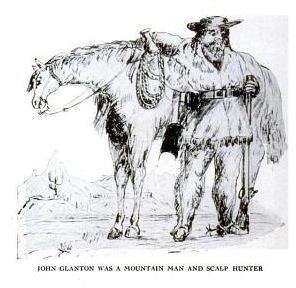
In 1835, at age 16, Glanton was living with his parents at Gonzales, Texas. Some accounts said he was engaged but his fiancée was killed that year by Lipan Apaches.
Military career
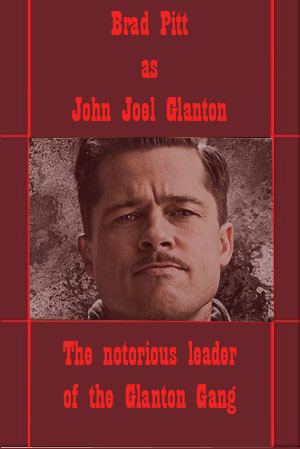
Glanton was involved in early military affairs in Texas and the Southwest, participating in both the Texas Revolution and the Mexican-American War. While a member of Walter P. Lane's San Antonio company of Texas Rangers in the Mexican-American War, contemporary sources attribute to him the 1847 killing of a Mexican civilian in the city of Magdalena. Although Glanton protested he had done so when the civilian had refused to obey his commands as sentry to halt passage, other witnesses claimed it had been an act of murder. The event brought Walter P. Lane, then a major in the army, into conflict with General Zachary Taylor. As a result, Glanton was forced to flee the American army police who were sent to arrest him. He later re-enlisted in John Coffee Hays' second regiment of the First Texas Mounted Rifles, and saw action with Winfield Scott's army in central Mexico.
Glanton Gang

After the war in summer 1849, Glanton and a posse of followers were hired in a nominally mercenary operation by Mexican authorities, to track down and kill dangerous bands of Apache Indians in northern Mexico and what is now part of the Southwest. To earn more money, the Glanton Gang began murdering and scalping peaceful agricultural Indians and Mexican citizens alike to claim under the bounty for scalps. The state of Chihuahua put a bounty on the heads of the gang, declaring them outlaws by December 1849. Chihuahuan authorities drove the gang out to Sonora, where they also wore out their welcome and moved north into what is now Arizona.
Glanton Massacre
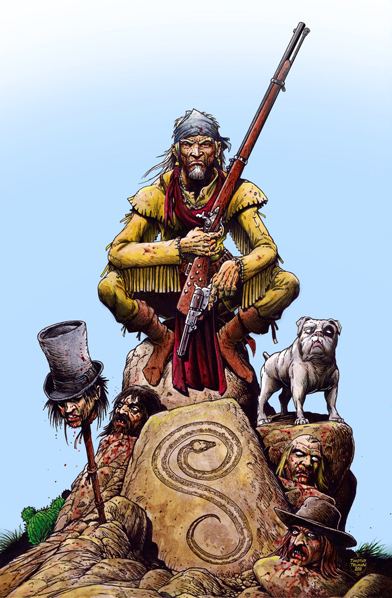
In Arizona, Glanton's men became partners in a ferry at the Yuma Crossing of the Colorado River, a popular crossing for settlers and prospectors traveling to and from California during the California Gold Rush. The gang sometimes killed the Mexican and American passengers returning from the goldfields to take their money and goods. They destroyed a boat and killed some Quechan (known then as Yuma) natives, who were operating a rival ferry down the river near Pilot Knob. At dawn on April 23, 1850, a band of Quechan led by Caballo en Pelo killed and scalped Glanton and most of his gang in retaliation and reclaimed the tribe's ferry monopoly. Upon hearing of the "massacre", the nascent California state government recruited men for a militia and directed the ill-fated and badly-led Gila Expedition against the Quechan tribe.
